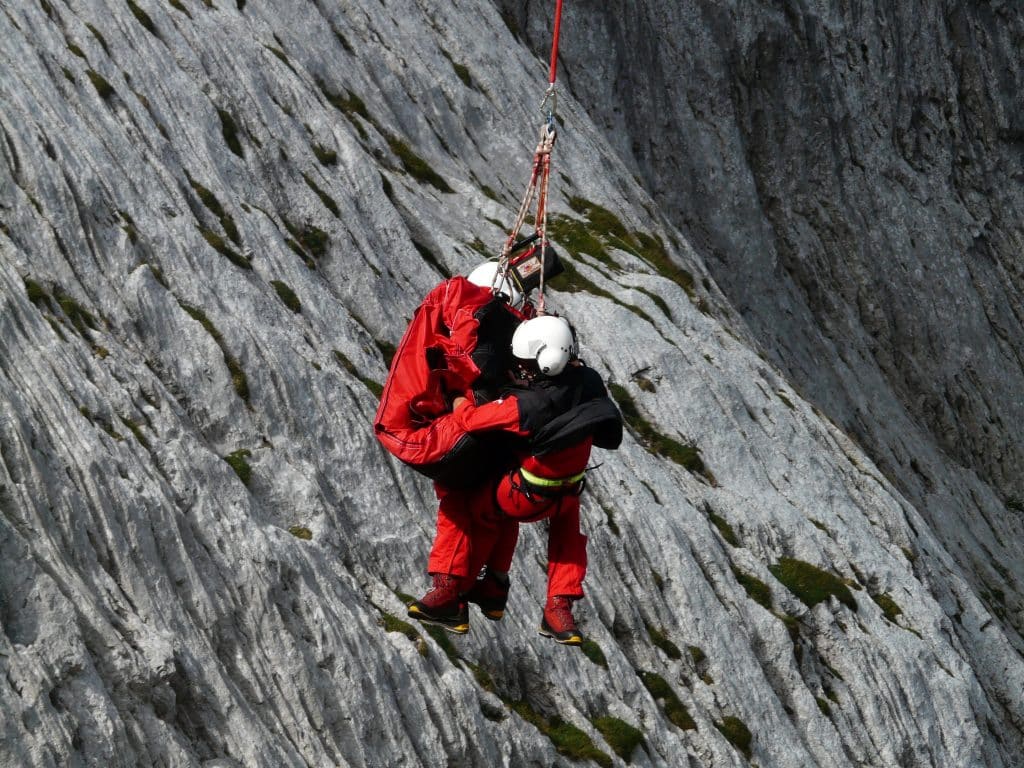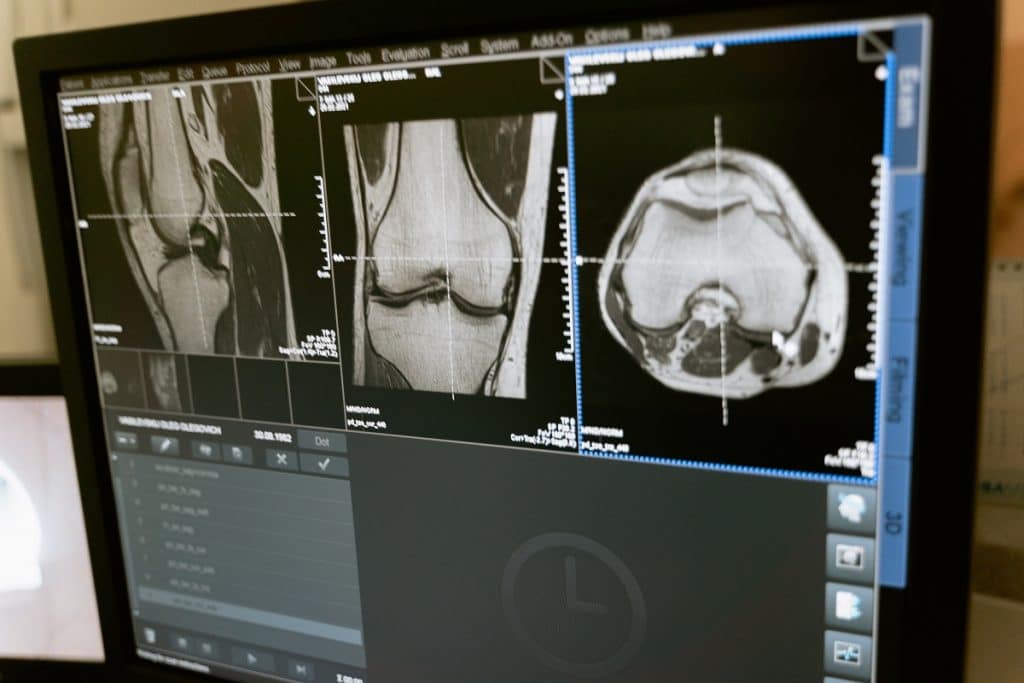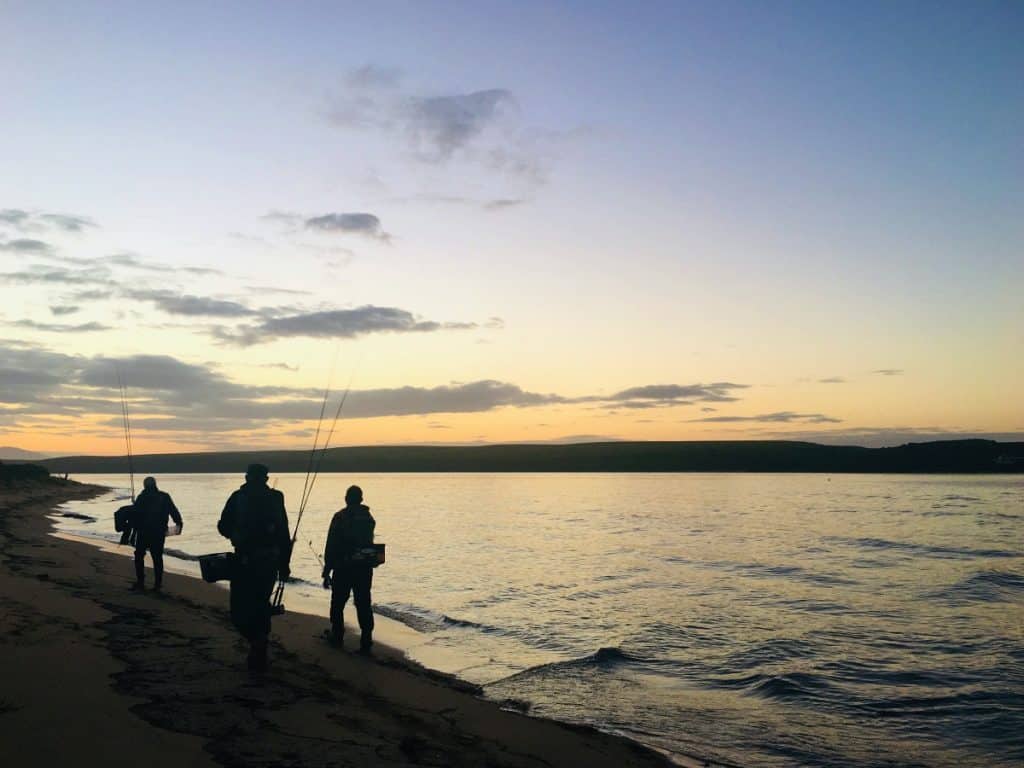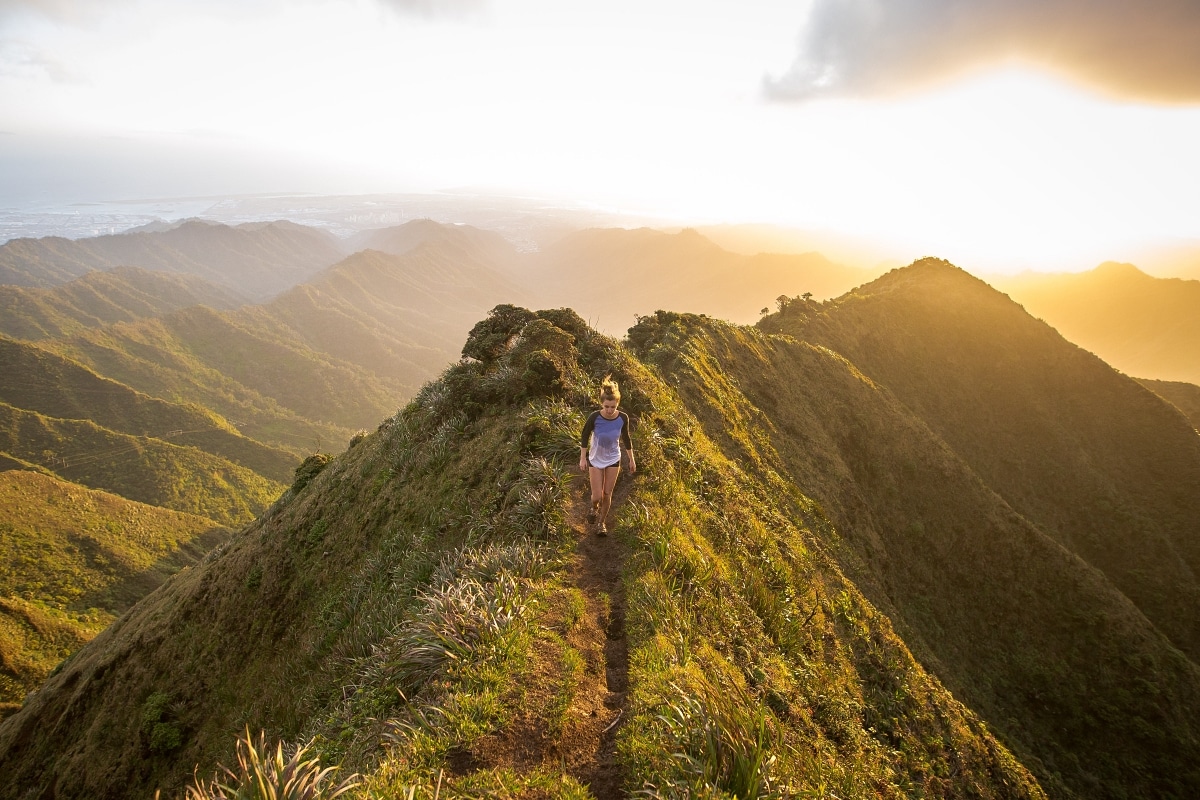In 2019, Garth Wellman, an experienced fly angler, suffered a bad fall while fishing for trout in a remote valley in Du Toit’s Kloof. The mishap resulted in multiple leg fractures — a broken limb that left him temporarily incapacitated. Fortunately, Wellman was fishing with a partner, who was able to climb out of the valley, reach the car park for cell reception, and call for help. Despite the prompt response, it was still a challenging task to rescue Wellman. He fell around 5pm, but the paramedics could only reach him at about 8pm, and it took nearly six hours to finally get him out of the valley, into an ambulance, and to the hospital.
This could easily happen to anyone on a hike, trail run or mountain bike mission. Get Wellman’s full story here and read on for some more insight into what to do should you, or y our adventure partner, suffer a broken limb out there.
Assess the Situation
The first step in dealing with a broken limb in the wilderness is to assess the situation. Take a moment to evaluate the severity of the injury and the overall condition of the injured person. Look for any signs of open fractures, such as bone protruding from the skin, excessive bleeding, or deformity of the limb. If there are no obvious signs of a broken bone, the injury may be a sprain or strain, which requires different treatment. However, if a broken bone is suspected, it’s important to proceed with caution to avoid further damage.

Stabilise the Injury
The next step is to stabilise the broken limb to prevent further injury. If the person is in pain or discomfort, it’s important to keep them calm and reassure them. Avoid moving the limb unless it’s absolutely necessary, as it can cause further damage to the broken bone and surrounding tissues. If the broken bone is protruding from the skin, do not attempt to push it back in. Instead, cover the wound with a clean cloth or sterile dressing to prevent infection.
Splint the Limb
Splinting is an effective way to immobilize a broken limb and prevent further movement. Look for materials in the wilderness that can be used to create a splint, such as sticks, trekking poles, or tent poles. Place the splint on the injured limb, making sure it extends beyond the joints above and below the fracture site to prevent movement by following these steps:
- Support the limb by gently wrapping bandages around the natural hollows of the limb.
- Position a padded splint along the injured limb.
- Place padding between the splint and the natural formation of the limb and secure it firmly with bandages.
- If it’s a leg fracture, also immobilize the foot and ankle.
Check the tightness of the bandages every 15 minutes, making sure they are not too tight (indicated by bulging skin outside the bandage) or too loose (allowing multiple fingers to be placed underneath the bandage). Watch for signs of loss of circulation to the limb. Learn more about splints here.
Elevate and Ice
Elevating the injured limb can help reduce swelling and minimise pain. If possible, elevate the limb above the level of the heart to improve blood flow and reduce swelling. If you have, apply an ice pack or some form of cold compress to the injured area to further reduce swelling and provide pain relief. However, be cautious not to apply ice directly to the skin as it can cause frostbite. Wrap the ice pack in a cloth or towel before applying it to the injured limb.

Seek Medical Help
After stabilising the broken limb, the next step, as Wellman’s partner did, is to seek medical help as soon as possible. In the wilderness, this may involve calling for emergency assistance if you have access to a phone or using a satellite communication device if available. If you’re in a group, send someone to get help while others stay with the injured person. Provide as much information about the location, the nature of the injury, and the condition of the injured person to the emergency responders. If self-rescue is not possible, stay with the injured person, monitor their condition, and keep them comfortable until help arrives.

What is perhaps most crucial for rescue and survival is to be well prepared: After his fall Wellman said, “I learned a couple of lessons for sure. A: Never fish alone and B: Always be prepared to spend a night out there – have sufficient clothing, rations and a space blanket to do that, you never know what might happen.”







